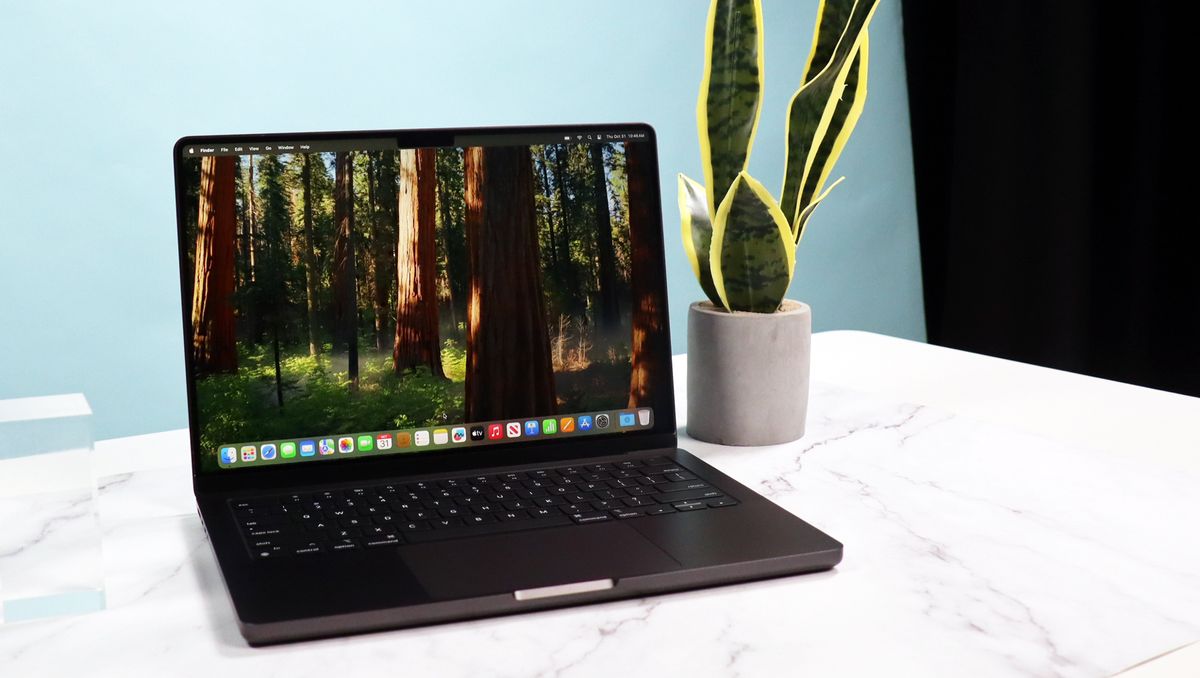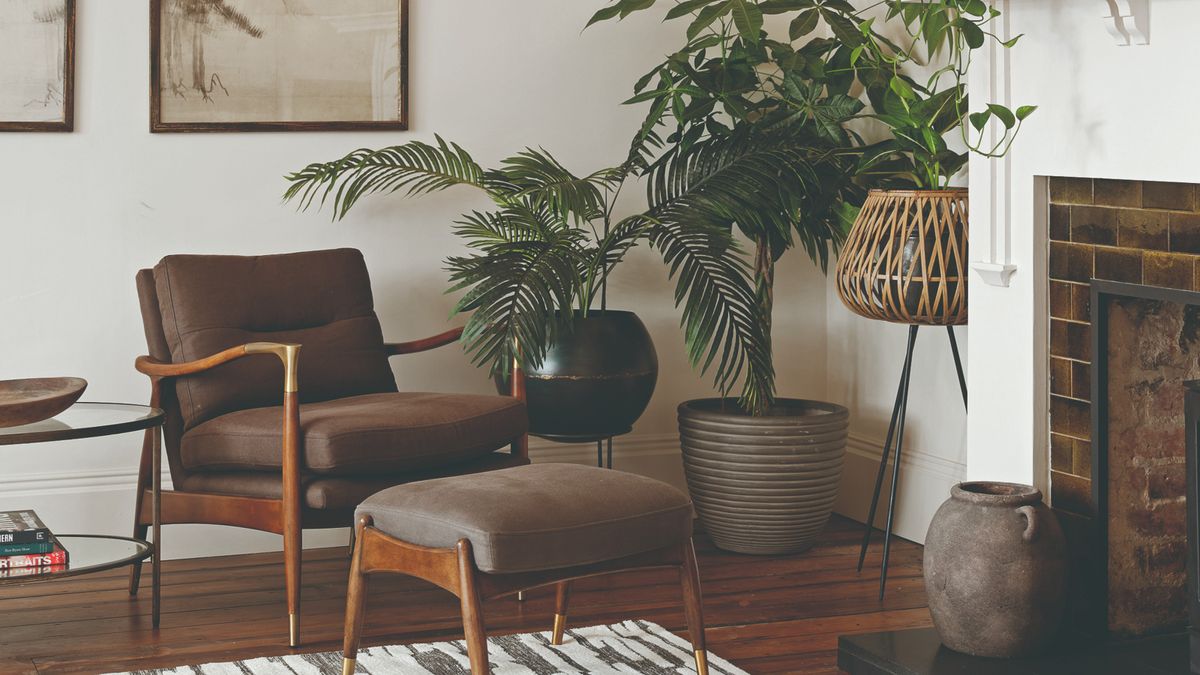How to claim home office expenses on your 2023 tax return

If you work from home or follow a hybrid model and divide your time between your home and workplace, there are some changes in the way you can claim home office expenses this year.
Previously, remote workers had the option to either claim a flat rate or provide detailed calculations for expenses related to working from home.
However, for the 2023 tax year, the Canada Revenue Agency (CRA) has done away with the flat rate, leaving only the “detailed method” to claim expenses.
To claim home office expenses, Canadians will need to first determine whether they are eligible and then calculate other factors including the number of days they worked from home, how much of their home is used as a workspace and what percentage of their expenses they can claim as home office spending.
Are you eligible?
The CRA defines a number of criteria in order for you to be eligible to claim home office expenses via the detailed method.
“You can’t just say, ‘Well, I’m going to work at home today because I don’t want to go into the office.’ And if your employer allows it, that does not mean you can claim home office expenses on that,” explains Prof. Richard Deklerk from the Ted Rogers School of Management at Toronto Metropolitan University (TMU).
You can only claim home expenses if you meet the following conditions:
- Your employer required you to work from home. This does not have to be part of your employment contract but needs to be a written or verbal agreement. This condition also includes employees who voluntarily entered into an official work-from-home arrangement with their employer.
- You were required to pay expenses related to the workspace in your home and these expenses are used directly in your work.
- Your home workspace is the only place you work or you worked from there 50 per cent of the time or more for a minimum of 4 weeks in a row. That period can be longer and if there is more than one such period, you can claim expenses for each of them.
- Your employer has provided you with a completed and signed Declaration of Conditions of Employment, known as a T2200 form.
“Usually if you spend the majority of your [working] time in the home, it’s not a problem,” clarifies Deklerk.
“They basically want to make sure that you’re not just someone who works in an office and comes home and does a little bit of preparation for their work. They’re saying, ‘do you have a legitimate reason to be at home?’ A lot of us do. I’m doing my prep at home, TMU recognizes that. So they say, ‘fine, you can deduct a home office and we’ll support that.’”
He says together, the criteria mean you’re eligible if you work from home and are supported by your employer with a T2200 form — a tax form which an employer signs to confirm the employee was required to work from home.
How much of your home did you use as a workspace?
In order to claim home office expenses, you need to calculate how much of your home you’re using as your workspace.
Deklerk says if your work desk is in a bedroom or living room, it’s not advisable to claim the entire room as your workspace but rather calculate the area within it used for working.
“I have a desk and a chair. If I wanted to basically try to outline my workspace, I would think most people would agree that I could say 8×8 or 10×10 in my home is for work,” he says.
To calculate the square footage of the space, multiply to length by the width.
For example, a space measuring 8×8 feet would be 64 square feet.
Once the workspace area is calculated, you need to determine what percentage of your total home it occupies based on the total square footage.
In the example above, if your workspace is 64 square feet in an apartment with a total square footage of 640, your workspace occupies 10 per cent of your home.
This means you can claim 10 per cent of all eligible expenses as home office expenses.
Click here for the CRA home office expense calculator.
What expenses can you claim?
All salaried and commission employees can claim what the CRA calls a “reasonable portion” of the following expenses:
- Electricity
- Heat
- Water
- Home internet access fees. This does not include any connection fees or modem/router rental fees.
- Rent paid for a house or apartment. If you own your home, you cannot claim the rental value of the workspace in your home.
- The utilities portion of your condominium fees, which includes electricity, heat, and water. If you pay these fees directly to a service provider, you cannot claim any portion of your condo fees.
- Maintenance and minor repair costs. These can include expenses that only relate to the workspace or those that relate to the workspace and other areas of the home. If other areas of the home are included, you can claim the percentage related to the workspace (10 per cent in the earlier example)
Examples of workspace related costs: light bulbs, repairing of walls or ceiling after installation of equipment used for work.
Examples of home related costs: household cleaning products, minor repairs to the furnace or air conditioning.
Commission employees can also claim the following expenses:
- Home Insurance
- Property taxes
- Lease of equipment such as a cell phone, computer, laptop, fax machine, etc. that are reasonably related to earning commission income
Items that cannot be claimed by either salaried or commission employees:
- Furniture
- Wall Decor
- Home internet connection fees
- Capital expenses like replacing windows, flooring, furnace, etc.
- Principal mortgage payments
- Mortgage interest
All expenses must be claimed on a T777 form – Statement of Employment Expenses.
How accurate do your calculations need to be?
If you’re filing your own taxes, calculating home office expenses can seem intimidating, but Deklerk says they don’t necessarily have to be down to the penny.
“I think CRA is pretty fair. If you make what I call a reasonable estimate, they’re pretty reasonable with you,” he says.
“And that’s why I say you don’t want to claim your entire floor [or your] entire basement. No, they’re going to figure it out sooner or later. A home office is not an entire basement.”
He strongly cautions that anything that stands out as inconsistent with home office expenditures might raise concerns.
“Any major variations in expenses, they will usually question you. And then if they want to question you even further, then you’re subject to an audit where you have to verify everything. And people don’t realize the significance of an audit because an audit won’t come for years later,” he says.
“So if you’re wrong or you embellished a little bit, they’re going to come back and you’re going to end up having to pay taxes backdated three, four years. And as we know the interest rates are a little higher, then you’re going to have to pay all that back interest too.”
To avoid any questions and unnecessary hassles, he advises keeping calculations as rational and realistic as possible and making sure you can back them up with proof.
“Just remember, keep your receipts – it’s the best thing for everything. That way if you’re ever questioned by CRA on anything, you’ve got proof there.”
link







